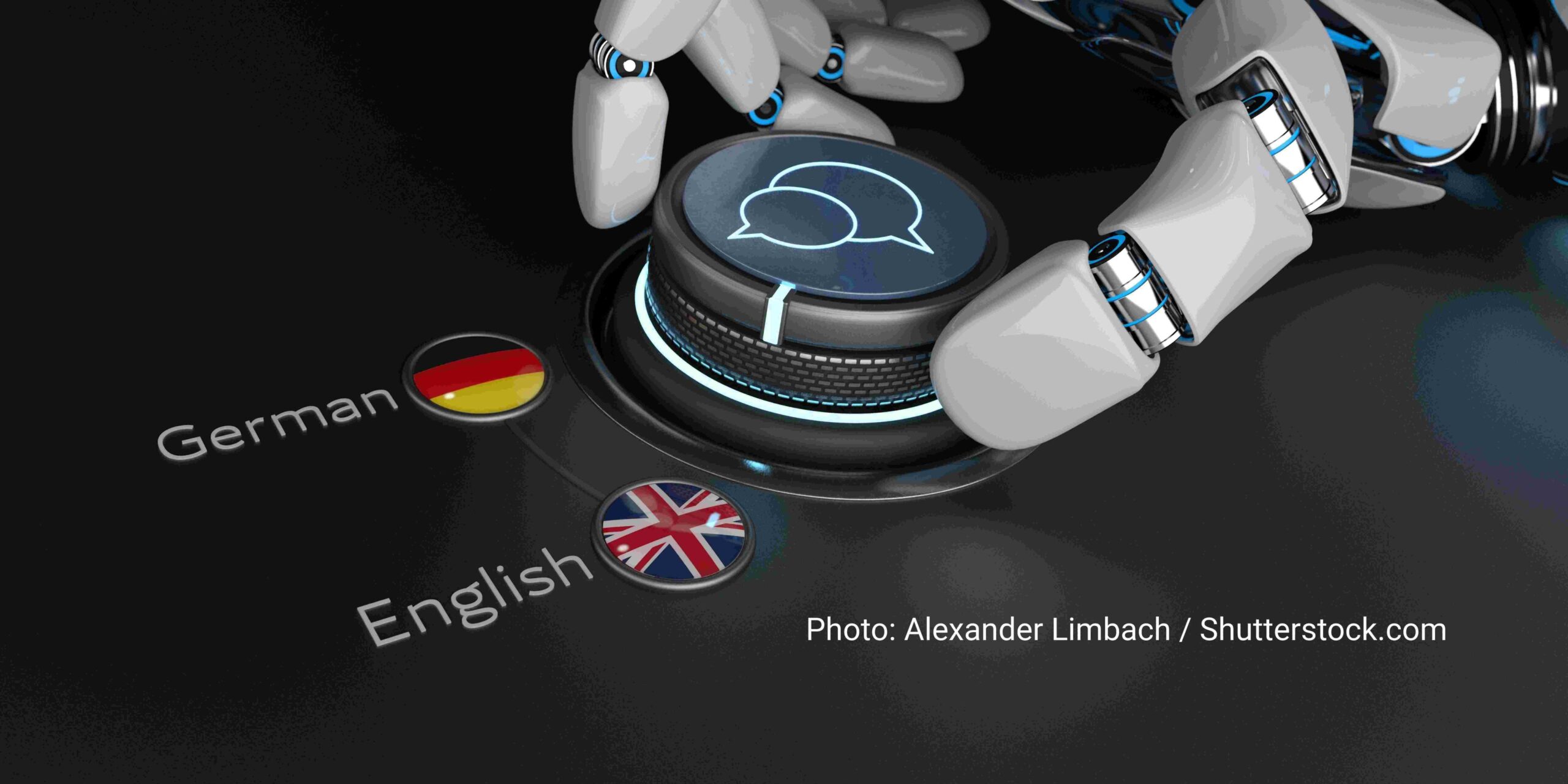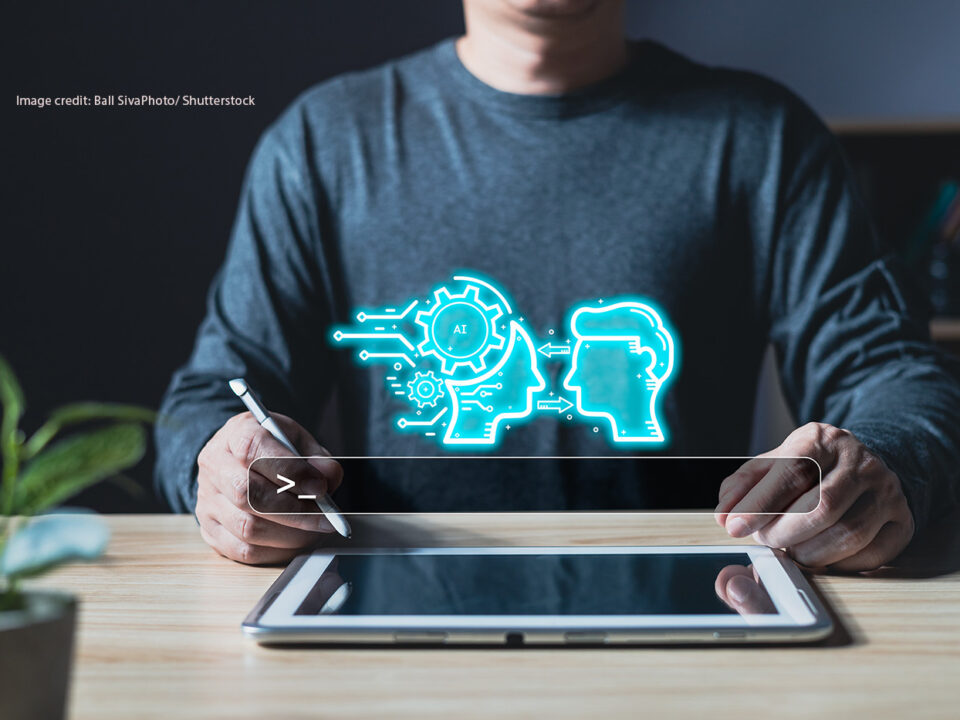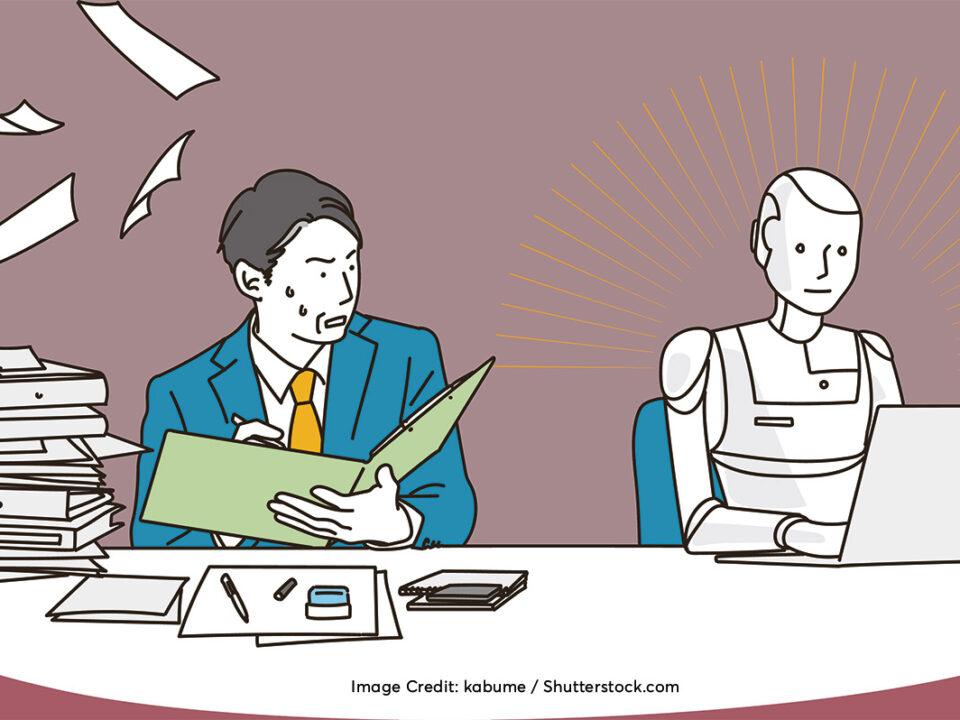Merging Minds and Machines: Exploring Artificial Intelligence’s Impact on the Translation Workflow

Today, translation plays a pivotal role in enabling effective human communication across linguistic and cultural boundaries. As the world becomes more interconnected through globalization and digitalization, the exchange of information, ideas, and knowledge becomes increasingly vital for international cooperation and intercultural understanding. Subsequently, the demand for translations grows as societies become increasingly diverse. In this context, translators bridge the communication gap between situations where differences in verbal and nonverbal behavior, expectations, knowledge and perspectives are such that there is not enough common ground for the agents to communicate effectively on their own (Nord: 1997, p. 43).
Artificial intelligence (AI) is expected to significantly impact work in previously unaffected areas, potentially affecting economic returns, work organization, and skills management. In many businesses, there are concerns for the future, but in the translation field the effects are already being seen (Moorkens: 2022, p. 132). Indeed, AI-based machine translation has transformed the landscape of the translation industry. This advancement has sparked debates about its impact on the translation workflow and the role of human translators. While some argue that AI threatens to replace human translators, others believe that it complements their work. The reality, however, is more nuanced, with AI based machine translation offering significant advantages in terms of speed and volume while also presenting limitations in accurately capturing linguistic and cultural subtleties.
To be more specific, as the advent of the Internet changed radically global communications, there was a rapid increase in demand for translations. The traditional manual translation process underwent a significant transformation. Till then, the lack of technical tools made the translation process more time consuming and labor-intensive. Due to technological advancements, translators could have access to cutting-edge computer-assisted translation (CAT) tools, translation memory (TM) systems, and, most recently, machine translation (MT) systems.
In this context, more streamlined project management approaches were implemented, and CAT tools were integrated into the translation toolkit. These tools enhanced the translation process by storing previous translations in databases, promoting consistency, and speeding up repetitive tasks. Moreover, CAT tools support terminology management, enabling translators to create glossaries of specialized terms relevant to a particular project or client. Furthermore, cloud-based tools facilitated the way global teams work on translation projects, offering a virtual workspace accessible through the Internet. With these platforms, translators, reviewers, project managers, and clients can interact and coordinate efficiently, breaking down traditional barriers of time zones and physical distances.
In the most recent years, the emergence of AI and machine translation technologies further transformed the translation workflow. AI-based machine translation refers to the use of artificial intelligence technologies to automatically translate text from one language to another. Neural machine translation (NMT) models have outperformed previous MT systems by capturing more contextual and syntactic information. They have demonstrated superior performance in various language pairs and have become the dominant approach in machine translation research and development. This structure uses fewer components, processing steps, memory, and human and data resources (Rivera-Trigueros: 2021, p. 595-596).
As time passes by, MT systems are available for a larger range of language pairs and MT quality has improved due to the technological development in the field. Of course, given the potential risk for mistranslations, the machine translation output should always be revised by a human translator; the so called post-editing. This task refers to the process of revising and editing machine-generated translations to ensure quality and accuracy. Post-editing combines the efficiency of AI-based machine translation with the linguistic expertise and creative judgment of human translators.
Post-editing can vary in intensity and scope based on the specific requirements of the translation task. Certainly, post-editing high-quality MT can increase professional translators’ productivity compared to the traditional translation process. However, editing poor machine translation results is unproductive. Estimating actual effort and determining acceptable quality is crucial for effective pricing (Koponen: 2016, p. 132-133). Commonly used pricing methods followed by translation companies, like hourly rates or fuzzy match scores, might be sometimes inadequate, as actual post-editing time may not be accurately reflected in the ‘weighted’ word count or in the similarity with already existing results in the translation memory.
Overall, the translation industry, from individual freelancers to large-scale translation agencies, should embrace technological advancements and leverage them to meet the growing demands for multilingual content. To adapt to the changing translation workflow, translators should familiarize themselves with MT technologies and post-editing techniques. At the same time, organizations should establish quality assurance processes that incorporate human review to ensure accuracy, coherence, and cultural appropriateness in machine generated translations. Accurate measurement of the actual effort for postediting is of outmost importance since it has a major impact on productivity as well as on the working conditions of professionals (Koponen: 2016, p. 143). It is difficult to foresee how new technologies might develop in the future. Nevertheless, as indicated above, the limitations of the machine translation highlight the irreplaceable value that human translators bring to the translation process.
References:
– Koponen, M. (2016). Is machine translation post-editing worth the effort? A survey of research into post-editing and effort. The Journal of Specialised Translation. Issue 25 – January 2016, p. 132-133, 143.
– Moorkens, J. (2022). Ethics and machine translation. In Dorothy Kenny (ed.), Machine translation for everyone: Empowering users in the age of artificial intelligence, p. 121–140. Berlin: Language Science Press. DOI: 10.5281/zenodo. 6759984.
– Nord, C. (1997). Defining translation functions. The translation brief as a guideline for the trainee translator. Ilha do Desterro, vol. 33, p. 39–54.
– Rico, C., del Mar Sánchez Ramos, M. (2023). The Ethics of Machine Translation Post-editing in the Translation Ecosystem. In: Moniz, H., Parra Escartín, C. (eds) Towards Responsible Machine Translation. Machine Translation: Technologies and Applications, vol 4. Springer, Cham. https://doi.org/10.1007/978-3-031-14689-3_6.
– Rivera-Trigueros, I. (2022). Machine translation systems and quality assessment: a systematic review. Lang Resources & Evaluation, vol. 56, p. 593–619. https://doi.org/10.1007/s10579-021-09537-5.
– Uc-Cetina, V., Navarro-Guerrero, N., Martin-Gonzalez, A., Weber, C., Wermter, S. (2023). Survey on reinforcement learning for language processing. Artif Intell Rev, 56, 1543–1575. https://doi.org/10.1007/s10462-022-10205-5.
-
 Athina Fatsea
Athina Fatsea
Project Manager, ELIAMEP - PhD C., Ionian University, Greece



